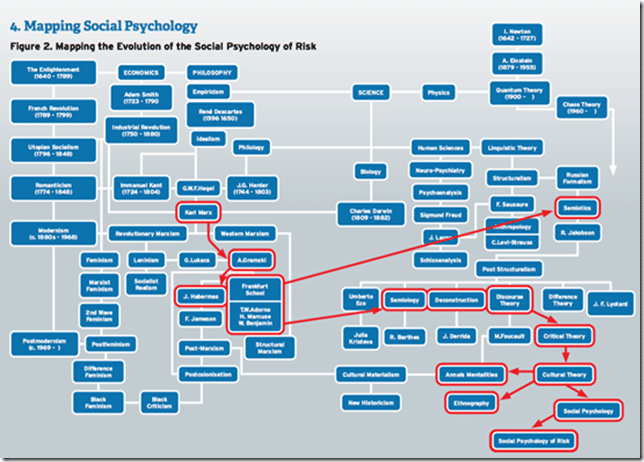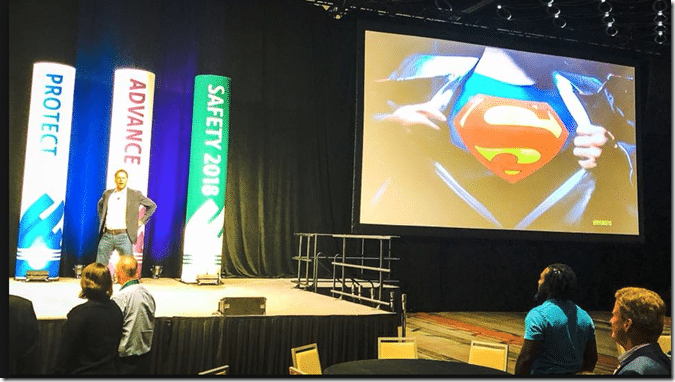Originally posted on June 9, 2018 @ 12:55 PM
The Stanford Experiment and The Social Psychology of Risk
The Discipline of Social psychology is quite new, emerging strongly from the atrocities of World War Two in seeking to explain the actions and culture of the Nazis. You can read about the history of Social Psychology here: https://en.wikipedia.org/wiki/Social_psychology. The application of this Discipline to understanding risk is even more recent (https://safetyrisk.net/understanding-the-social-psychology-of-risk-and-safety/). We can learn a great deal about risk from many of the experiments in Social Psychology that give insight into how social arrangements affect decision making about risk.
If you want to see how the Discipline of Social Psychology adds value to the other traditions in risk and safety then look here: https://safetyrisk.net/a-great-comparison-of-risk-and-safety-schools-of-thought/
The Discipline of the Social Psychology of Risk emerges out of Critical Theory and Cultural Theory traditions. This tradition stands in stark contrast to other schools of thought based on positivism, reductionism and behaviorism. The evolution of SPoR is mapped below.
Some of the earliest experiments in Social Psychology were conducted by Philip Zimbardo (https://en.wikipedia.org/wiki/Philip_Zimbardo) and Stanley Milgram (https://en.wikipedia.org/wiki/Stanley_Milgram). Zimbardo’s Stanford Experiment (http://www.prisonexp.org/) in some ways was the forerunner to many experiments we now observe in TV reality shows. Russell Brand wrote about this recently (https://www.russellbrand.com/writing/love-island-milgram-experiment-sponsored-superdrug/). Whilst these experiments cannot be conducted in university settings because of ethical considerations it seems that the thirst for TV entertainment knows few ethical bounds.
One of the most disturbing experiments occurred in 1974 conducted by an artist who stood still for 6 hours and allowed anyone the right to do anything they wanted to her with the 72 objects placed in front of her. Marina Abramovic is a Yugoslavian performing artist and wanted to see what would happen if she gave her body to others to do as they wished. The experiment was called ‘Rhythm 0’. You can read about this here: https://www.humanexplore.com/artist-stood-still-6-hours/.
Rhythm 0 demonstrates just how far people can go they are given the right to treat another person as an object and present them with the right to dehumanize that object. Abramovic talks about it here: https://www.youtube.com/watch?v=xTBkbseXfOQ You can read more about it here: https://johndopp.com/reality-0-marina-abramovic/.
The beginning to dehumanizing humans is a change in language. What Abramovic demonstrated was that anyone can harm another once they have been turned into an object, a number or a ‘thing’. Especially if that ‘thing’ opposes the ideology someone is ‘anchored’ to. This was first executed perfectly by another Social Psychologist Joseph Goebbels PhD (http://spartacus-educational.com/GERgoebbels.htm). When your goal is a number and your language is about objects, it doesn’t take much of a jump to justify the dehumanization of others.
The results of the Rhythm 0 experiment are quite disturbing, similar to Zimbardo’s Lucifer Effect (http://www.prisonexp.org/book/) but it teach us a great deal about why people do what they do. One thing is for certain neither behaviourism, positivism or reductionist ideologies help us understand holistically why people do as they do.
If ever there was a caution needed for the safety industry it would be about its language and semiotics. A friend who attended the AASP Conference (https://safety.assp.org/ ) recently sent me photos of some disturbing trends in an industry that calls itself ‘professional’. The fixation on humans as objects and heroics is extremely worrying. The religious-like addiction to safety as an ideology and the love of metrics and numeric, is even more disturbing justified by the magic word ‘passion’. It seems as long as you have a ‘passion’ for safety anything goes.
What this demonstrates more than anything is the urgency for Safety to develop an ethic (https://safetyrisk.net/how-can-the-ideology-of-zero-be-ethical/). Without a moral compass and ethical guide, Safety may indeed become the theatre of the absurd (https://www.bl.uk/20th-century-literature/articles/nonsense-talk-theatre-of-the-absurd ). I can’t see any safety studies embracing Camus (https://en.wikipedia.org/wiki/Albert_Camus) or Ricoeur in the future but without an ethic of safety the trajectory of this safety addiction looks worrying.





Do you have any thoughts? Please share them below